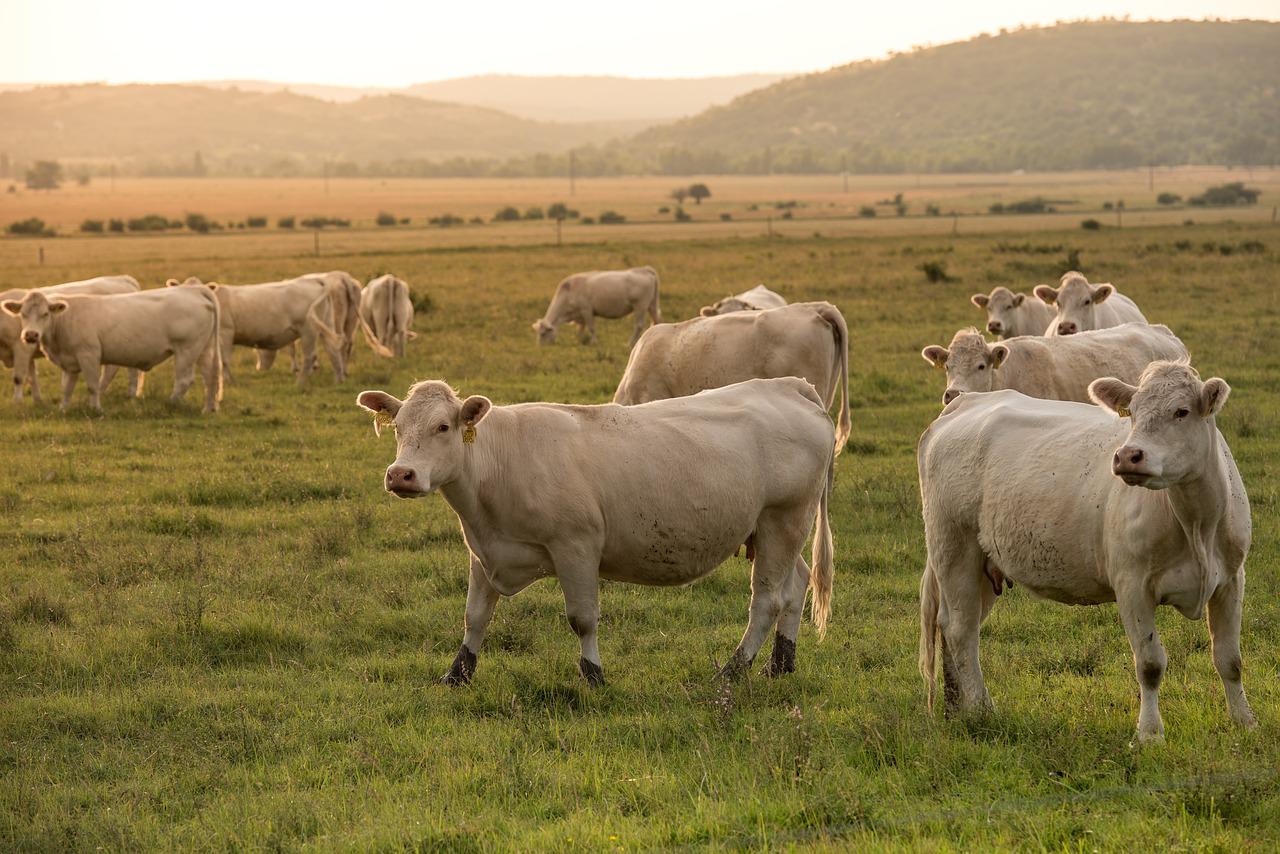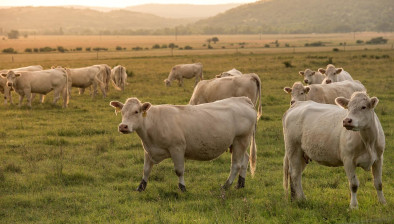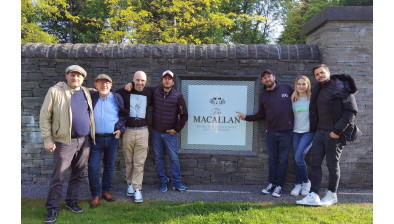Demand grows for Scottish red meat amid food security worries

A new analysis of the red meat industry in Scotland highlights the Scottish livestock sector’s important contribution to the overall levels of self-sufficiency in red meat in the UK, and a rebound in the value of export sales despite the challenges caused by leaving the European Union’s single market.
The latest red meat industry profile report, produced by Quality Meat Scotland (QMS), also shows that demand for beef, lamb and pork remains on an upward trajectory, even as the demand for alternative proteins increases, and that emissions per unit of output are likely to be reducing - helping to address worries regarding the industry’s impact on the climate.
Iain Macdonald, market intelligence manager at QMS and author of the report, said: “Between the rollercoaster of lockdowns and what they meant for retail and food service, seeking new routes to market post-Brexit, labour shortages and rising costs, 2021 was a really challenging year for our sector, and one of crisis for pork producers.
“For beef and lamb, however, the end of the year saw domestic and global demand for red meat from Scotland strong and market prices at record highs. We also saw the continuing transfer of store animals between specialist businesses, helping spread the economic value generated from livestock production around the country.
“Meanwhile, the upwards trend of calf-to-cow and lamb-to-ewe ratios should be resulting in reduced emissions per unit of output as the industry seeks to meet environmental targets.”
The report illustrates a particularly disastrous year for the pig sector with a litany of problems which led to considerable downward pressure on farmgate prices. However, the country’s small number of highly productive specialist pig farms still contributed 2.1% of the standard output generated by Scottish agriculture. Meanwhile, with almost 70% of the country’s breeding pigs in the North East and Tayside, pig production contributed regional economic benefits through its dedicated local supply sector and the area surrounding Brechin was home to a skilled abattoir workforce.
Beef and lamb demand and prices, on the other hand, reached new records.
In the beef sector, there was a rebalancing of farm gate prices for finished stock as food service returned and export controls became more fluid, taking market prices beyond previous highs reached in 2013. Store cattle prices showed a softer uplift, but following a prolonged period of decline, Scotland’s beef breeding herd proved more stable, and calf registrations increased, supported by the greater use of beef genetics in the dairy herd.
Prime sheep prices leapt by 21.2% at Scottish auctions during the year, 36.4% above the 2016-20 average. This was due to a combination of early marketing of the 2020 lamb crop which left fewer hoggs to be sold around Easter, delayed marketing of the 2021 crop and a low level of imports.
Although customs controls at the EU border led to a considerable reduction in exports during the first quarter of 2021, the supply chain adapted to the new rules - albeit at greater cost in time and money - which led to a return to a more ‘normal’ level of export activity as the year progressed.
Processors faced considerable labour shortages throughout the year, in part due to the restrictions on EU labour, which reduced throughput and prevented the usual uplift in slaughter for the festive period. Employment is estimated to have reduced by 5% but the overall wage bill only by 1% due to increased salaries.
Nearly 80% of the agricultural area of Scotland was grass and grazing land in June 2021, while 94% of agricultural holdings had an area of grass or grazing land, highlighting why livestock production is vital to Scotland’s rural economy. The analysis also notes that Scotland is self-sufficient in beef and lamb, and approximately 90% for pork at farm level, and is a key supplier to consumers in the rest of the UK. This is important amid concerns about food security triggered by recent world events as well as fulfilling the more immediate market demand created by the ‘conscious consumer’.
Mr Macdonald added: “This demonstrates the significance of livestock production in Scotland. With its extensive grassland and natural rainfall, we as a country can produce high quality, high welfare red meat in a way that sustains the landscapes, industry and rural communities while meeting the demands of the modern consumer who seeks strong sustainability credentials when they make purchasing choices.
“This year has demonstrated there is strong, and still rising, demand from home and abroad for red meat produced well in Scotland.”
The report also shows how the flow of store animals from specialist breeding and rearing units to specialist finishers in 2021 continued to spread the value of livestock production, generating business across the supply chain and the country, from auction marts and vets to feed companies and transport.
Mr Macdonald concluded: “The current profile of the industry is a mix of positive aspects such as its important contributions to the national economy and food security, plus evidence of firm demand for its produce and rising productivity.
“However, the industry is also characterised by a number of challenges which it is working hard to overcome, including accessing a suitably skilled workforce and the need to meet environmental targets.
“Farmers and processors have also had to deal with a further surge in input costs caused by the war in Ukraine, leading to a significant squeeze in margins.”










